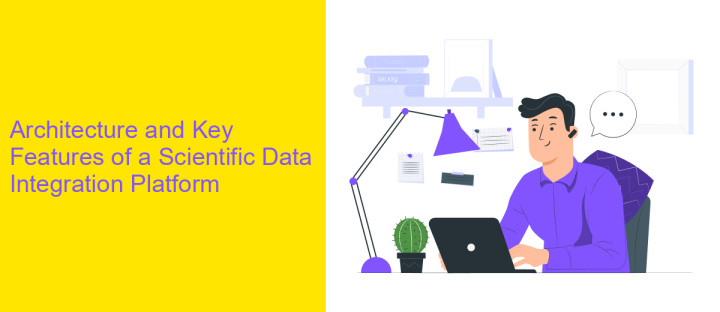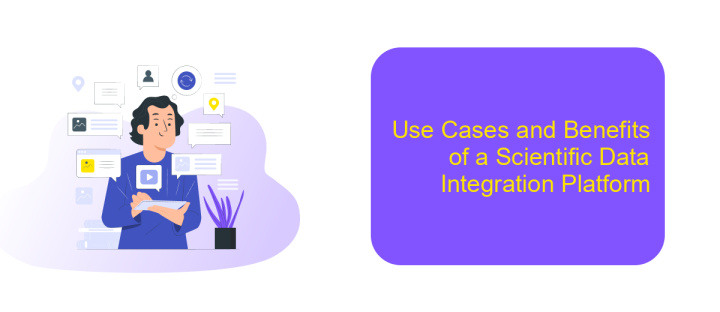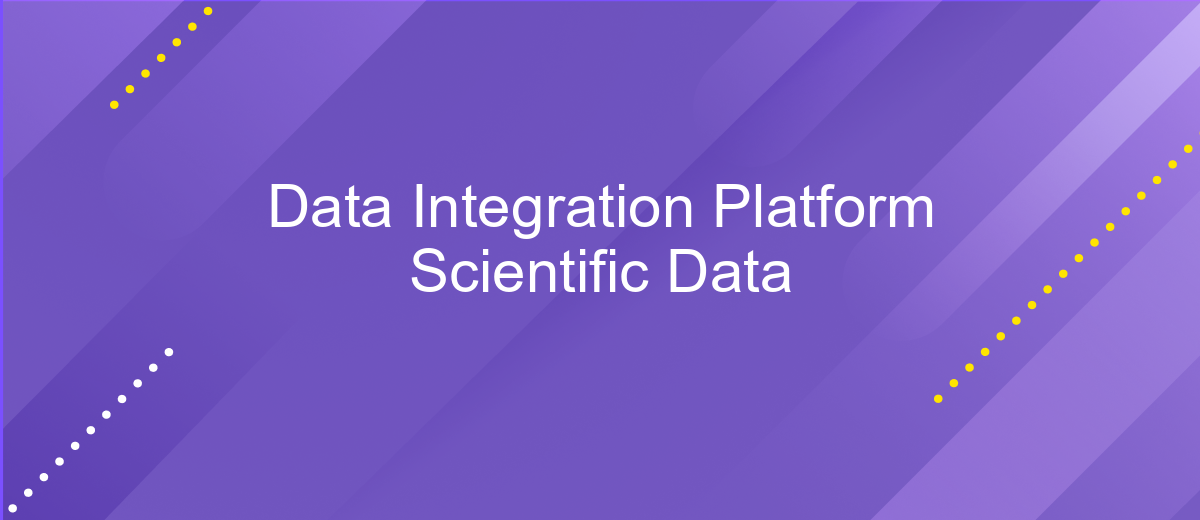Data Integration Platform Scientific Data
The Data Integration Platform for Scientific Data represents a transformative approach to managing and analyzing complex datasets in the scientific community. By seamlessly integrating diverse data sources, this platform enhances collaboration, accelerates research, and fosters innovation. It enables scientists to efficiently process and interpret vast amounts of data, driving breakthroughs across various disciplines. This article explores the platform's capabilities, benefits, and its impact on modern scientific research.
Introduction: The Need for Data Integration in Scientific Research
In the rapidly evolving landscape of scientific research, the integration of diverse data sources has become imperative. Researchers are often confronted with vast amounts of data generated from various experiments, simulations, and observations. These datasets are frequently stored in disparate formats and locations, making it challenging to derive meaningful insights. A robust data integration platform is essential to streamline these processes, enabling scientists to focus on discovery rather than data management.
- Facilitates comprehensive analysis by combining heterogeneous data sources.
- Enhances collaboration among multidisciplinary research teams.
- Improves data accessibility and interoperability.
- Reduces redundancy and data silos.
- Accelerates the pace of scientific innovation.
As the complexity and volume of data continue to grow, the need for efficient data integration becomes more pronounced. By leveraging advanced data integration platforms, researchers can overcome traditional barriers, ensuring that data is not only abundant but also actionable. This transformation is crucial for driving forward scientific breakthroughs and addressing global challenges with precision and agility.
Architecture and Key Features of a Scientific Data Integration Platform

The architecture of a scientific data integration platform is designed to seamlessly unify disparate data sources, ensuring efficient data flow and accessibility. It typically consists of a multi-layered structure, including data ingestion, processing, storage, and presentation layers. The ingestion layer is responsible for collecting data from various sources, such as databases, sensors, and external APIs. Advanced processing capabilities, including data transformation and cleaning, are handled in the processing layer, ensuring that the data is ready for analysis. The storage layer utilizes scalable databases and data lakes to accommodate large volumes of scientific data, while the presentation layer provides intuitive interfaces for data visualization and interaction.
Key features of such a platform include robust data integration capabilities, real-time data processing, and user-friendly interfaces. Tools like ApiX-Drive can enhance the platform by providing seamless integration services, allowing users to connect and automate data flow between applications without coding expertise. Security is paramount, with features like data encryption and access controls ensuring data integrity and privacy. Additionally, the platform supports collaboration among researchers, enabling them to share insights and findings efficiently. Ultimately, this architecture empowers scientists to focus on innovation, leveraging integrated data for groundbreaking research.
Addressing Challenges in Scientific Data Integration (Heterogeneity, Volume, Velocity, Veracity)

Scientific data integration poses significant challenges due to the diverse nature of data sources. Addressing these challenges requires a strategic approach to manage and harmonize data effectively. Heterogeneity, volume, velocity, and veracity are crucial factors to consider in this process. Each presents unique obstacles that must be overcome to ensure seamless data integration and usability.
- Heterogeneity: Data comes from various sources, formats, and structures, necessitating robust transformation and standardization techniques.
- Volume: The sheer amount of data requires scalable storage solutions and efficient processing capabilities to handle large datasets.
- Velocity: The speed at which data is generated and needs to be processed demands real-time integration and analysis tools.
- Veracity: Ensuring data accuracy and reliability is essential, requiring stringent validation and cleansing processes.
By addressing these challenges strategically, scientific data integration platforms can enhance data accessibility and quality. Implementing advanced technologies like machine learning and artificial intelligence can further streamline the integration process, ensuring that data is not only consolidated but also insightful and actionable for scientific research and innovation.
Use Cases and Benefits of a Scientific Data Integration Platform

Scientific data integration platforms are essential tools in modern research, enabling seamless amalgamation of diverse datasets. By providing a unified interface, these platforms facilitate comprehensive analysis, fostering groundbreaking discoveries. Researchers can leverage these tools to streamline data processing, enhancing both efficiency and accuracy in their work.
Such platforms are invaluable in various scientific domains, offering tailored solutions to specific challenges. They support collaboration across disciplines, breaking down silos and promoting a holistic approach to research. As a result, they help in accelerating the pace of innovation and improving the reproducibility of scientific findings.
- Enhanced data accessibility and sharing.
- Improved data quality and consistency.
- Facilitated cross-disciplinary collaboration.
- Streamlined data processing and analysis.
- Increased research efficiency and productivity.
In conclusion, a scientific data integration platform is a pivotal asset for researchers, enabling them to harness the full potential of their data. By integrating disparate datasets, these platforms provide a comprehensive view, driving more informed decision-making and advancing scientific knowledge. Their adoption represents a significant step towards more efficient and effective research methodologies.
Future Trends and Conclusion
As the landscape of data integration continues to evolve, several future trends are anticipated to shape the development of scientific data platforms. One significant trend is the increasing adoption of artificial intelligence and machine learning to automate and enhance data integration processes. These technologies can facilitate more accurate data mapping and transformation, reducing the manual effort required for data scientists. Additionally, the growing emphasis on real-time data processing will drive the need for platforms capable of handling streaming data efficiently, ensuring timely insights for decision-making.
In conclusion, the future of data integration platforms in scientific research lies in their ability to adapt to emerging technologies and user needs. Solutions like ApiX-Drive, which offer seamless integration capabilities, are poised to play a crucial role in this evolution by providing user-friendly interfaces and robust automation features. By embracing these advancements, scientific communities can unlock new potential in data analysis, fostering innovation and collaboration across disciplines. The continued development of these platforms will undoubtedly lead to more efficient and insightful scientific discoveries.
FAQ
What is a Data Integration Platform, and why is it important for scientific data?
How does data integration enhance scientific research?
What are the common challenges in integrating scientific data?
How can automation help in the integration of scientific data?
What should be considered when choosing a Data Integration Platform for scientific data?
Routine tasks take a lot of time from employees? Do they burn out, do not have enough working day for the main duties and important things? Do you understand that the only way out of this situation in modern realities is automation? Try Apix-Drive for free and make sure that the online connector in 5 minutes of setting up integration will remove a significant part of the routine from your life and free up time for you and your employees.

